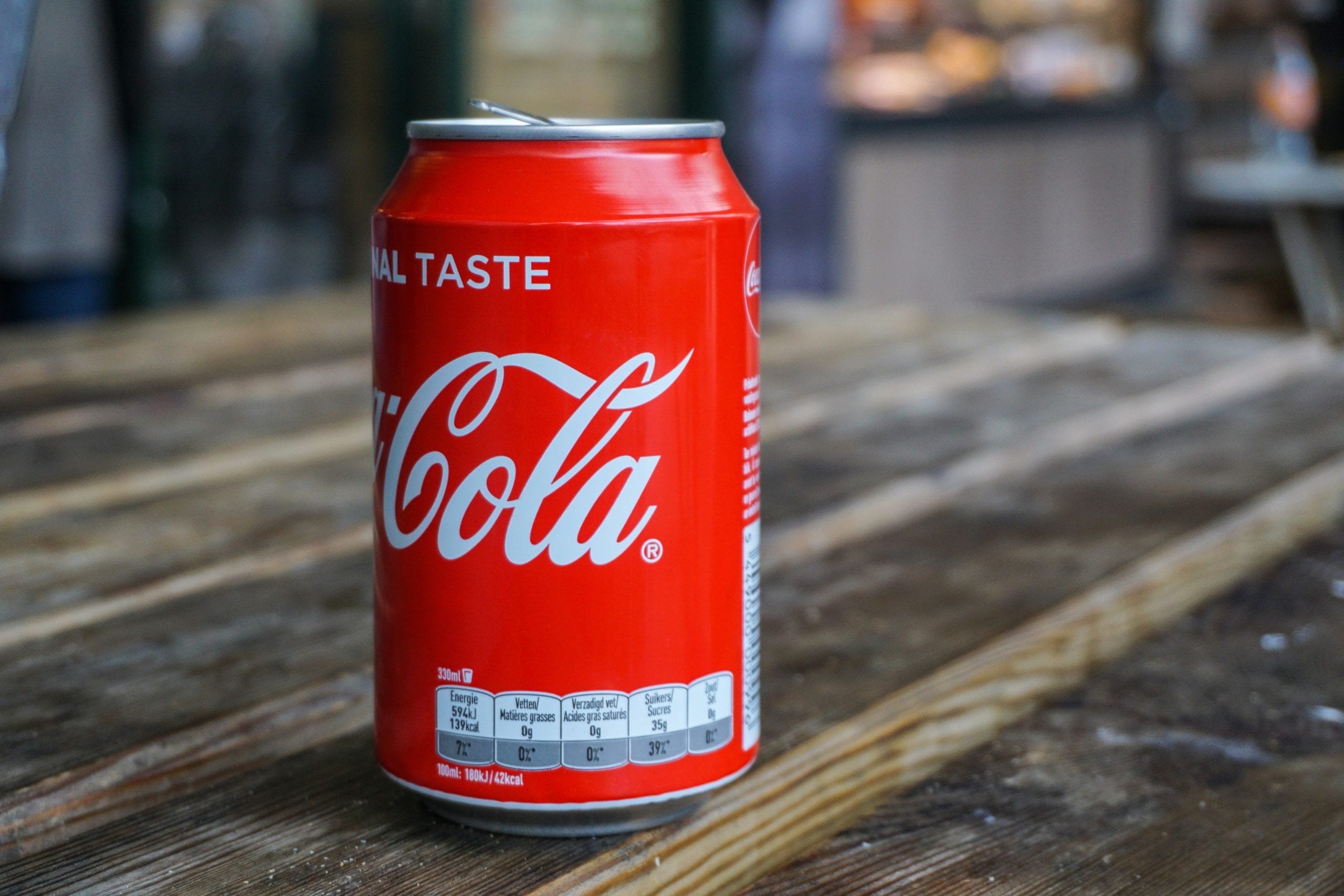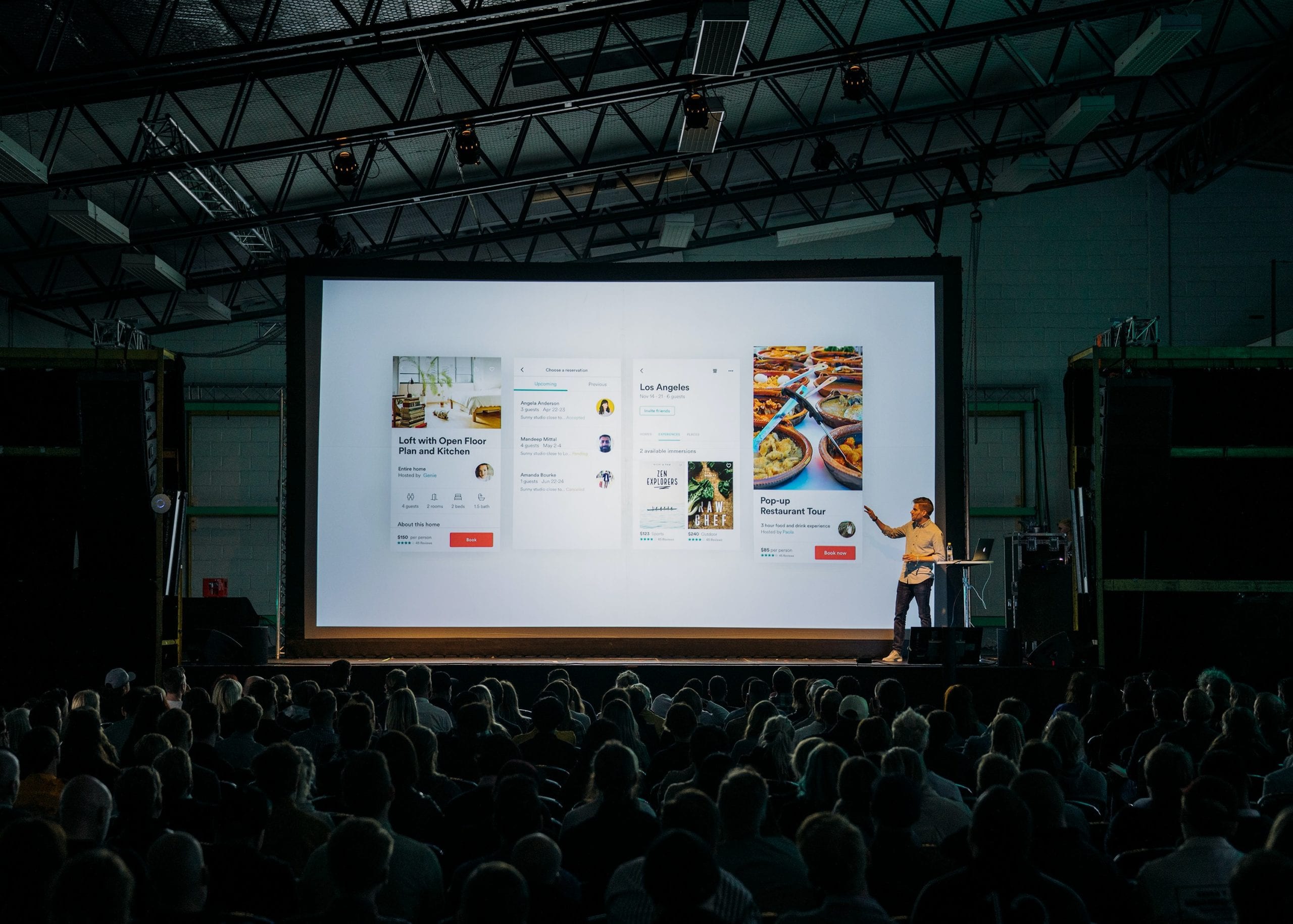
How brands remain relevant over time
How do companies in the same business for decades stay meaningful for their customers? The customer, after all, is ever-evolving but the business’ products remain the same albeit with some variations. We are surrounded by such heritage brands, their greatest strength being familiarity in a market that’s getting more crowded by the day. With familiarity comes trust, which is rare and invaluable.
It’s important, therefore, for brands to constantly work on their relevance. Look at what happened to Kodak. It forgot to modernise and find a way to be meaningful to a new audience.
So, what can brands do to stay relevant over long periods of time?
 Xerox’s ‘Work can work better’ campaign was in sync with its modern avatar.
Xerox’s ‘Work can work better’ campaign was in sync with its modern avatar.
Embrace change:
Changing with the times doesn’t always mean a complete revamp of the brand and business. Small, consistent adaptations in sync with the audience’s evolution are usually more impactful. Failure to do so could result in a drab, lifeless brand. There’s a lot to learn from Xerox. It’s earlier tagline, ‘Ready for real business’, didn’t fit the breadth of its offerings. In 2015, Xerox undertook a massive brand revamp – complemented by a new website detailing how it served modern businesses – and introduced the tagline ‘Work can work better’. This was more in line with its global footprint.
Be yourself:
Don’t underestimate the power of authenticity. Every great brand stands for something down the ages. Coca-Cola, for example, has consistently stood for happiness and has lived that philosophy.
 Coca-Cola has used packaging effectively to stay relevant.
Coca-Cola has used packaging effectively to stay relevant.
Less is more:
Keep things simple; you don’t always have to do a lot. What matters more is consistency and commitment. This helps brands align their past with their present and secure their future.
Doing less is important because we are flooded with platforms on which to engage customers. Spreading resources thin over too many channels is a recipe for failure. You’re better off understanding where your audiences are and doing well on those platforms.
Listen up:
Brand audits work; invest in them. You need to know where you stand and to understand your customer. Include a detailed competitor analysis in the study. It may sound unbelievable, but too many brands stop listening to their customers. There is value in all feedback, even the negative. It allows you to create experiences that eventually lead to loyalty.
Modernise the brand experience:
Lego started off in the 1930s making wooden toys in Denmark. Over time, it patented its famous block design and switched to plastic. How has the brand managed to stay relevant and fresh for more than 80 years? Consistent evolution. It spotted the opportunity for their bricks to become a system for creative play. In 1968 it opened the Legoland resort, tasting success instantly by drawing 625,000 visitors in its first year. This is a great example of marketing morphing to fit a new audience.
Later, Lego understood that it had a potentially large adult customer base too. This prompted it to design larger, more complex sets marketed specifically to adults.

Always on the lookout for new marketing opportunities, Lego spotted digital opportunities early. In 2005, it launched the LEGO Factory, a website on which customers could build models and purchase the pieces they needed to create their designs. Finally, the ‘Lego Movie’ released in 2014 that served as a refresh for the love the brand enjoyed.
Lego is a study in brand relevance.
 The script is now synonymous with Cadbury.
The script is now synonymous with Cadbury.
Visual equity matters:
Your brand’s visual grammar defines its look and feel, from its digital home to its advertising and social media engagement. It needs to be unique, true to what it stands for and resonate with the audience.
Cadbury is one such example. John Cadbury’s cocoa recipe in 1831 spawned innumerable products. For instance, in 1875, the world was given its first Cadbury Easter Egg – a global favourite even today.
The next stage of marketing, the early 1900s, saw distinctive advertisements illustrated by hand.
Cadbury knew its branding had to evolve to reflect the changing world. So, while it has stuck to purple, its logo has changed often. The font in 1921 was based on the signature of William Cadbury, the grandson of John Cadbury. A variation of this script is still featured on all Cadbury products.
With all its sub-brands and products, Cadbury’s brand consistency is a marketing wonder. It’s this consistency that makes the brand seem trustworthy and comforting.
What’s common among the brands mentioned above? Passion, authenticity and emotion – all of which come together to define the brand experience. And that’s what gives brands longevity.








